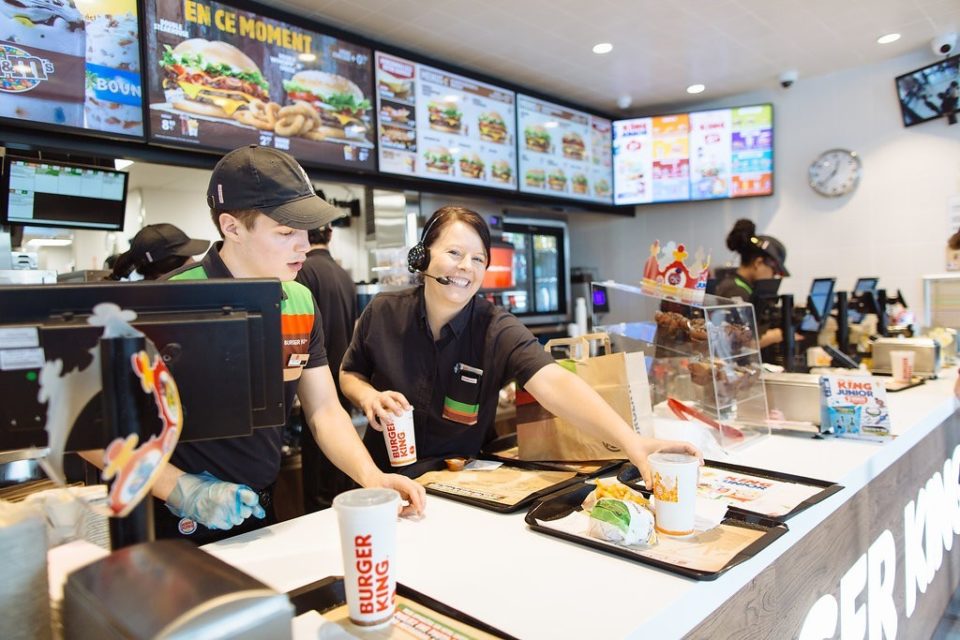“Fools say they learn by experience. I prefer to profit by others’ experience.” – Otto Van Bismarck
We are obsessed with being first-movers. In a world of constant creation and exchange, we long to be the first to develop a new technology, to introduce the latest fad, and to offer our opinion, especially when it is unsolicited. From birth, we are reared to believe that wisdom and satiety are reserved only for those men and birds who rise early.
But as Bismarck reminds us, patience, too, can reap rewards. It allows us to observe and learn from others’ missteps. It also allows us to observe their successes, and gives us time to think deeply and act meaningfully as we apply these lessons to our own lives. For Bismarck, embracing the role of second-mover meant foregoing immediate fame and power for more gradual progress. War by war, treaty by treaty, he developed a kind of diplomatic omniscience that allowed him to predict the outcome of his own decisions with great confidence. Bismarck’s reward was an empire of astounding cultural and economic influence. For brands in the twenty-first century, the potential rewards are not very different.
The second-mover strategy runs counter to everything we’ve ever believed to be true about successful brands – they are supposed to be the innovators, the pioneers, the sole occupants of a neatly organized nook in the otherwise tangled mess of fatty tissue that is our brain. But gaining inspiration from the experiences of other brands should not be confused with imitation. Indeed, the practices and behaviors of the best brands in the world – whether we characterize them as such based on financial value or societal ubiquity – should be benchmarks for all organizations. Airlines should take note of Apple’s devotion to design at every touchpoint. Luxury fashion houses should strive to match the seamlessness of Amazon’s shopping experience and customer service. Consulting firms should heed Coca Cola’s masterful articulation of, and allegiance to, its heritage.
In each case, insight transcends product category. We know which brands are the strongest, and can watch from the sidelines to discern the roots of their triumph. The difficulty lies in figuring out how to build these roots into one’s own organization and to bypass the idiosyncratic barriers to change that are sure to exist there. One should not, however, feel confined to one’s own product world when seeking inspiration. As is true in life outside of branding, learning from other worlds can only enrich our own.
The strongest brands understand this too, of course. They are indeed innovators and pioneers, but always with an eye on what has and hasn’t worked for others. It is easier to engineer an iPod with the DiscMan as a starting point. But this kind of incremental inspiration is ultimately insufficient – surely a device as influential as the iPod was born out of something more than the DiscMan’s not-good-enoughness. The answer once again lies in the experiences of others – this time, of a brand’s employees.
For as long as businesses have existed, experience has been equated with exclusive educations and prestigious internships. While this approach to recruitment makes it easy to build a workforce of intelligent, ambitious, and highly dedicated people, it will not build a strong brand. As Mario Simon notes in an earlier post here on Branding Strategy Insider, “Creating New Markets Through Brand Ideals,” the most valuable brands in the world are also those that are devoted to a brand ideal – a higher-order purpose that transcends product function and guides everything that they do.
One of the most important ways in which a brand ideal can impact an organization is by defining its hiring criteria. Employees are a brand’s most powerful ambassadors – it is their passion and inspiration that becomes embedded in whatever product or service they pass on to consumers.
To find brand-aligned employees, companies should start by focusing on the right kind of experience. Steve Jobs often cited his experimentation with calligraphy and psychedelic drugs as foundational to his business vision and the creative self-expression that is at the core of Apple’s ideal. For Starbucks CEO Howard Schultz, a transformative trip to Milan instilled in him a love for coffee and the desire to connect people through its consumption. Nintendo’s Shigeru Miyamoto credits his childhood habit of spelunking for inspiring the whimsical fantasy of his video game worlds.
What companies need to start doing is reading between resume lines for experiences like these – experiences that are rooted in self-discovery, passion, and a different way of looking at the world. If you are a pet care brand, make sure you are hiring animal lovers and activists, and make pet ownership a prerequisite. If you make house-cleaning products, fill your team with former homemakers and housekeepers. If you are an athletic apparel brand, gym rats and tri-athletes should populate every corner of your company, from R&D to the C-Suite. By making employees the center of your brand and the brand the center of your employees, the process of building an ideal-driven business becomes organic and easier to sustain over time.
The rarity of this kind of organizational philosophy lies in the fact that it is far more difficult to execute than the status quo. There are plenty of Ivy League grads and ex-investment bankers and they are easy to track down. Authentic passion is rare and largely intangible. For those wary of prioritizing LSD over MBAs or calligraphers over consultants, we can once again to look to others’ experiences for inspiration.
In just under a decade, Zappos.com has grown into a billion-dollar business. CEO Tony Hsieh (pictured) attributes this growth to his brand ideal – Delivering Happiness – and the way it informs his hiring practices. A Zappos application begins with a crossword puzzle and ends with questions about superheroes and one’s placement on a “weirdness scale.” Their headquarters are a mix between a carnival and a kindergarten classroom. After a week of work, employees are offered $2,000 to quit. “We’ve actually passed on a lot of really talented people who we know can make an immediate impact on our top or bottom line because they don’t fit in with our core values,” says Hsieh. By concentrating on personal qualities and experiences that transcend profit, he ended up generating extraordinary financial growth.
Ultimately, profiting by others’ experience will require brands to assert control over what is arguably our scarcest resource: time. They will need to take the time to look outward to uncover the best practices of those who have already succeeded and inward to unearth the brand ideal that will guide them into the future. They will need to wait until the right job candidates come along, even if it means rejecting smart, highly qualified people.
In a world of up-to-the-second news and overnight celebrity, we tend to dismiss the power of active patience. Once again, others’ experiences can enlighten us – it is, after all, the early worm who gets eaten.
The Blake Project Can Help: Please email us for more about our purpose, mission, vision and values and brand culture workshops.
Branding Strategy Insider is a service of The Blake Project: A strategic brand consultancy specializing in Brand Research, Brand Strategy, Brand Licensing and Brand Education





One comment
Brandon Hickie
January 5, 2012 at 2:03 pm
I agree that cultural fit and passion for an industry or lifestyle are often under-valued in the recruiting process and these factors are incredibly important in determining whether or not a company’s internal branding strategy will be effective and sustainable over time. Sometimes these attributes are hard to identify in an interview or through reading between the lines of a resume. Identifying ways to identify these attributes in applicants is not a responsibility that should solely rely on the human resource department and the interviewers, rather it should be based on an institutional process that is used to identify these characteristics and policies should be established to ensure that new employees fit the mold of your company culture and will be good ambassadors of your brand.
Google is a great example of a high performance company that has cultural fit hiring policies. Google has a policy that they will not hire a person until all members of the interview process agree that the candidate meets their cultural fit requirement. If these qualifications cannot be met in their standard interview process, then they extend the interview process to ensure that the interview team has sufficient information to determine whether or not the candidate is a good cultural fit. There is no limit on the number of times that a candidate can be interviewed. Adopting these types of policies ensures that fewer poor fit candidates will slip through the cracks.
Employee recruitment is one of many factors that determine whether or not a company’s internal branding strategy will be successful and sustainable. Last year, I wrote a blog post on why companies should invest more time and effort in the internal branding strategies and offered 8 tips to help companies do so. Here is a link to this blog post: http://blog.openviewpartners.com/internal-branding-why-you-should-place-more-stock-in-your-employees/.
Comments are closed.